Today I have an important guest post that will be of importance to anyone who suffers from ear discomfort while flying. I’m a sufferer, as a result of allergy and sinus-related issues, so have to take a lot of precautions when I travel. And that includes not flying when my ears get too bad!
—-
As a former hospital nurse and now as a nurse consultant in the travel industry, I have found patient/traveler education vital to success when dealing with health issues. Understanding the function of the body greatly increases compliance and personal satisfaction in preventing or treating ailments.
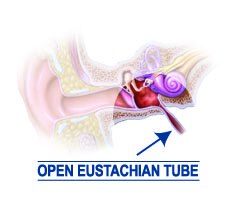 I have found this especially true when reaching out to those who suffer with ear problems associated with flying, scuba diving, allergies, or colds. Most people are aware that ears can be an issue when flying – and many think of the crying babies on board. However, have you ever noticed a crying adult passenger? The tears may be silent, but the ear pain causing the agony is very real. Unfortunately, this pain, pressure and hearing loss can last long after the flight is over.
I have found this especially true when reaching out to those who suffer with ear problems associated with flying, scuba diving, allergies, or colds. Most people are aware that ears can be an issue when flying – and many think of the crying babies on board. However, have you ever noticed a crying adult passenger? The tears may be silent, but the ear pain causing the agony is very real. Unfortunately, this pain, pressure and hearing loss can last long after the flight is over.
What is happening to cause this ear pain? Why won’t the ear “pop”? What is that building pressure?
To understand this, we have to become familiar with a little tube called Eustachian. Named after a 16th century scientist, the tiny little tube has the big role of regulating ear pressure in the middle ear cavity. Extending from the back of the nose (outside world) to the middle ear, the tube lies closed at rest. It will open about 400 times per day to equalize pressure in the middle ear with air pressure changes outside.
When we fly, the changing air pressure (felt mostly on descent as air pressure increases outside) causes a negative pressure in the middle ear. Normally the little Eustachian tube will open (the “pop” we may hear) and pressure is adjusted. However, if congestion is present around that tube or the plane does a quick descent, it can be difficult for the little tube to do its job.
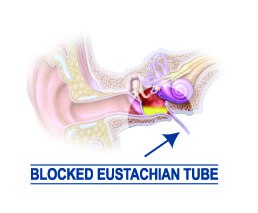 This is where we often see wide-eyed passengers frantically yawning or swallowing. These actions use the same muscles that open the Eustachian tube. When this does not work, a gentle Valsalva Maneuver may be tried. As the nose is pinched closed and air is forcibly exhaled the little tube may be forced open.
This is where we often see wide-eyed passengers frantically yawning or swallowing. These actions use the same muscles that open the Eustachian tube. When this does not work, a gentle Valsalva Maneuver may be tried. As the nose is pinched closed and air is forcibly exhaled the little tube may be forced open.
What happens when yawning, swallowing, and the Valsalva Maneuver don’t work? The negative pressure building in the middle ear cavity may cause pressure against the eardrum and pain. This vacuum like pressure then may pull fluid into the middle ear cavity, further applying pressure on the eardrum as well as preventing the little Eustachian tube from opening against the pressure and fluid. Passengers may walk off the plane with ear problems brewing.
Now it is important to understand the role of the eardrum in hearing. The cymbal like eardrum vibrates with sound, sending vibration through the middle ear cavity to the nerves and tiny bony structures in the inner ear that communicate with the brain where sound is processed into what we “hear”.
However, when there is pressure and fluid in the middle ear, the eardrum is unable to vibrate properly and our hearing is affected.
This may be a temporary issue and a few days after a flight, we sigh in relief as the ear finally “pops” open and all is equalized.
The more severe ear issues can last for years as congestion and changes in pressure affect the normal workings of the ear.
That tiny little Eustachian tube plays a very important role in our hearing, ear health and comfort. They key is to help the Eustachian tube open so pressure can be equalized.
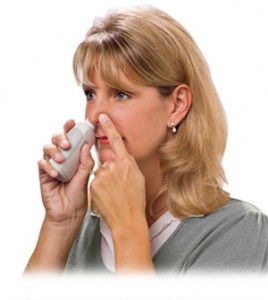 When yawning, swallowing, and the Valsalva Maneuver fail to open the little tube, there is a clinically proven device that will naturally and safely open the Eustachian tube with a regulated amount of air. This battery-powered device, appropriately called the EarPopper, has eliminated tears and pain for my family and friends since 2007 (when I discovered the device at a medical conference) when used during flight, driving over Mountain terrain, and after colds and allergies.
When yawning, swallowing, and the Valsalva Maneuver fail to open the little tube, there is a clinically proven device that will naturally and safely open the Eustachian tube with a regulated amount of air. This battery-powered device, appropriately called the EarPopper, has eliminated tears and pain for my family and friends since 2007 (when I discovered the device at a medical conference) when used during flight, driving over Mountain terrain, and after colds and allergies.
My role as a nurse consultant and travel expert has been to find “Products Worth Packing” that address the practical issues we face when traveling. The EarPopper literally turned my then 3-year-old son’s tears into laughter as he learned to use the EarPopper on descent. We can all agree laughter is more pleasant than crying in a shared aircraft cabin!
Colds, allergies, congestion, and rapid descent are a possibility on every flight. If ear issues have ever been a concern, then packing the EarPopper may be something to discuss with your medical care provider.
The EarPopper in our bag has made sure hearing loss and ear pain never become part of our itinerary!
—-
Anya Clowers is a nurse consultant and travel expert passionately educating travelers of all ages about the importance of travel preparation. Her practical travel advice has been praised by the NY Times, MSNBC, ABC News, Rick Steves, and People Magazine. Anya researches travel with her frequent-flier-in-training 6-year-old son, who visited 17 countries on 4 continents before finishing kindergarten.

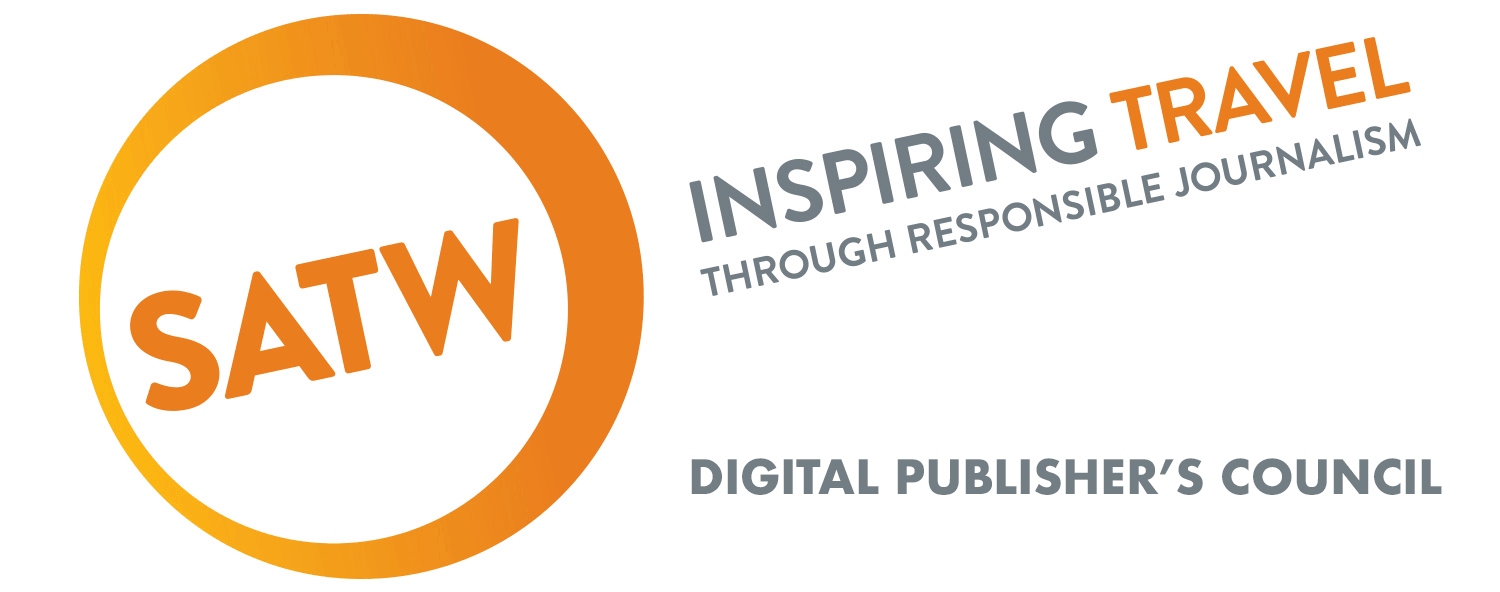



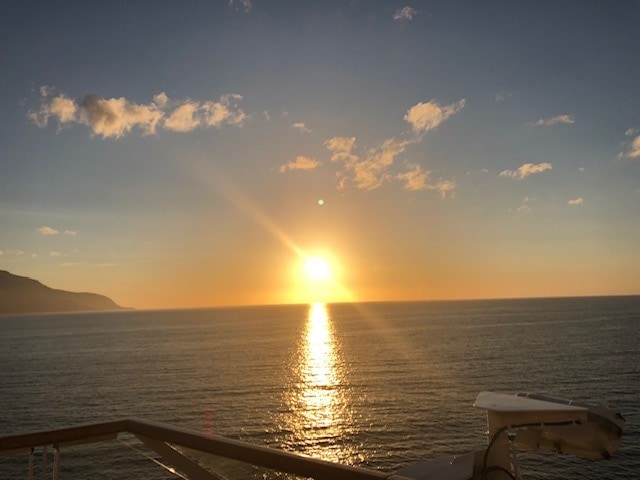
![51 Things to Do While Self-Isolating from the Corona Virus [with resources] Airplane interior](https://www.travelingwithmj.com/wp-content/uploads/2020/03/airplane-interior.jpg)
